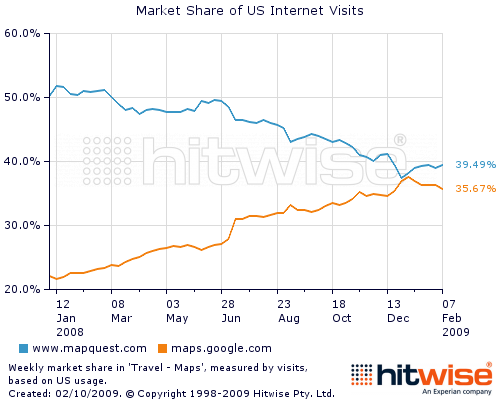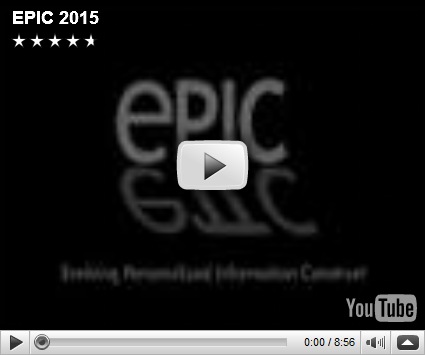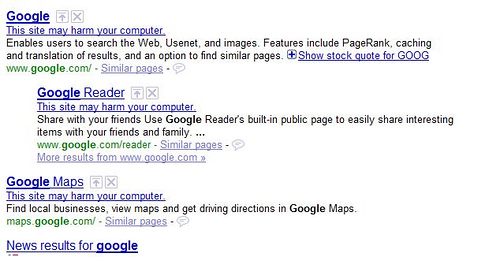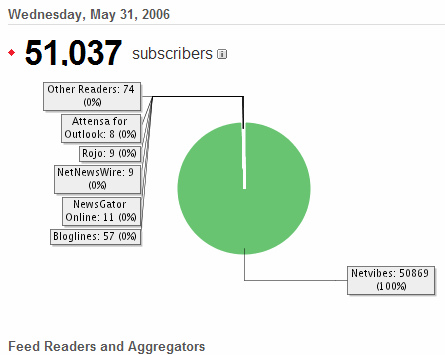The Germans beat them to it, 40 years ago:
If the colors are a bit funky, that’s because this is a re-colorized version of the 60’s black & white series, Raumpatrouille Orion, or Space Patrol Orion. Here’s a b&w English language trailer of a movie based on the original TV series:
(Cross-posted from CloudAve)
Related posts:








 Ma.gnolia
Ma.gnolia
 Today I am winning again: TechCrunch has 0 –yes
Today I am winning again: TechCrunch has 0 –yes 

 Stopping development on Google Notebook
Stopping development on Google Notebook of enhancement on the very same day Google sent theirs to the deadpool. Kent Newsome calls it
of enhancement on the very same day Google sent theirs to the deadpool. Kent Newsome calls it 


Recent Comments